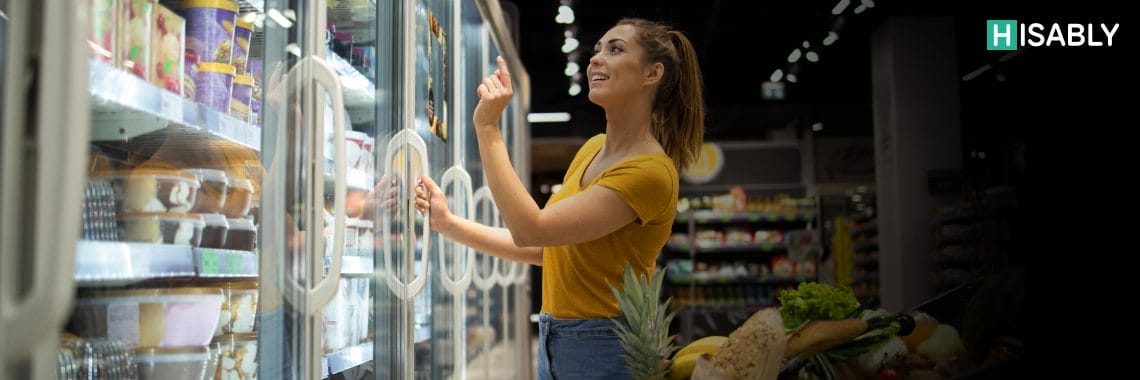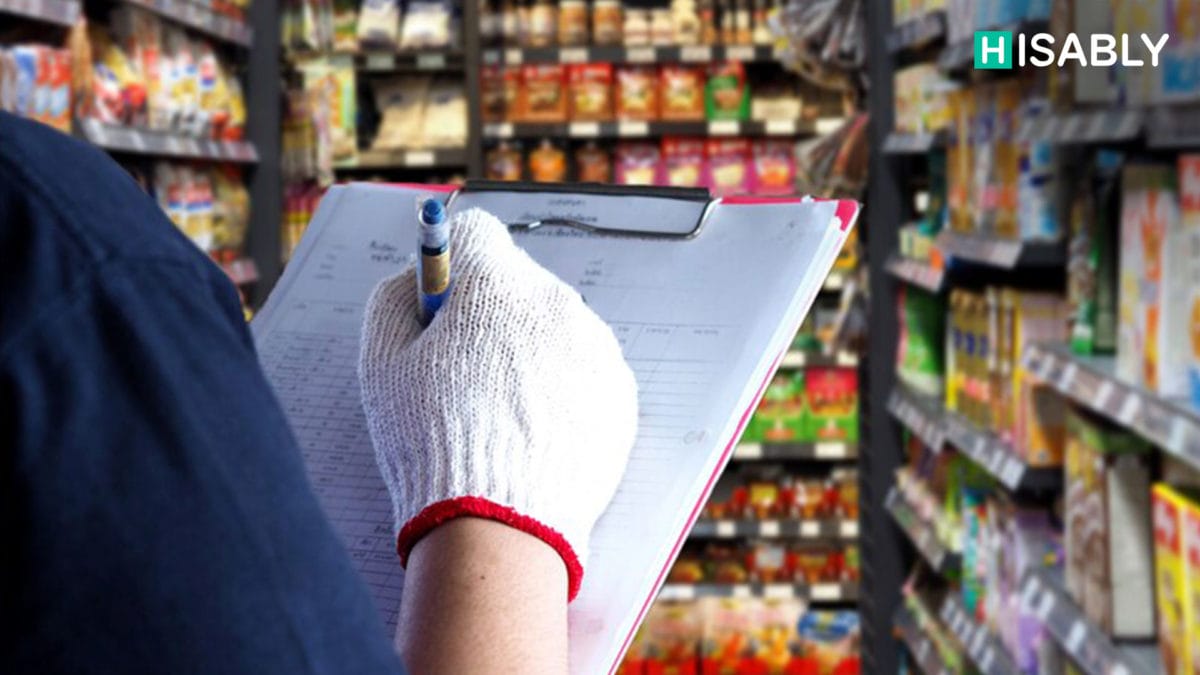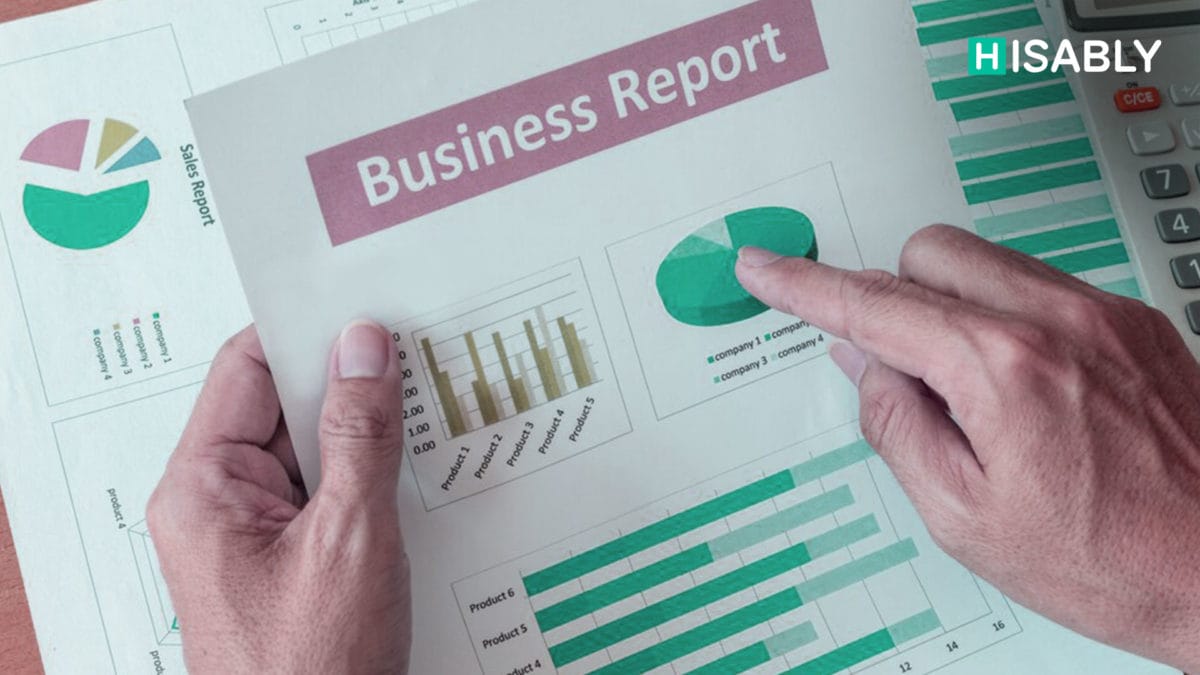The economy is feeling the squeeze of inflation, and so are consumers. As their wallets shrink, they change their shopping habits. But not all sectors are suffering. Shoppers are still active, but they look for discounts and convenience. What does this mean for C-store operators in the coming year? Or, are those thinking of opening a convenience store?
They face the tough task of attracting price-sensitive consumers to their stores for snacks, drinks, and meals. Even though inflation has eased a bit lately, the long-term impact of high prices has made shoppers more frugal and resourceful.
C-store operators also have to deal with ongoing labor issues, rising demand for new technology, and fierce competition from other players, such as restaurants and dollar stores, that are vying for consumer loyalty. But there is also a lot of potential in the year ahead. New options like self-checkout are changing how shoppers interact with stores, while personalized technology is creating new possibilities for shopper loyalty. Manufacturers are offering innovative new products. And in retail media, c-store chains have a new opportunity to increase their profit margins, through using the new and best software for convenience stores, Hisably!
Radical C-store industry trends will shape the future of C-store operators this year. This article is based on insights from leading retail store experts. We have also examined how C-store designs are adapting technologies like C Store back office software — for better or worse — for the booming retail media sector in 2023.
Below, you can find a selection of profitable C-store business ideas in 2023 that highlight the opportunities and challenges for C-stores in 2023.
Convenience stores are indeed stealing market share from QSRs and grocery stores, as they offer more convenience, variety, and quality to their customers. Here are some of the main reasons why convenience stores have an edge over their competitors:
How are Convenience Stores Snagging Greater Market Share from Other Stores and Quick-Serve Restaurants (QSR)?
Speed
Convenience stores have shorter wait times than QSRs, as they have quicker prep time and more efficient checkout systems. According to a report by Cardlytics1, the average wait at a QSR is about seven minutes, but it’s only four minutes on average to get your food at a convenience store. This appeals to customers who are in a hurry or on the go.
Location
Convenience stores have a larger footprint than QSRs and grocery stores, as they are often located near gas stations, highways, residential areas, and workplaces. This makes them more accessible and convenient for customers who need to grab something on their way. According to a survey by Bluedot2, 70% of consumers go into convenience stores before or after buying gas, and over half of the customers buy snacks, while 20% buy grocery items and 16% get alcoholic beverages.
Selection
A Convenience store business offers a wider range of products and services than QSRs and grocery stores, as they cater to different customer needs and preferences. Convenience stores not only sell snacks, drinks, and meals but also offer gas, lottery, tobacco, ATM, Wi-Fi, delivery, and more. They also have more variety in their food service offerings, such as fresh, on-site prepared foods, gourmet coffee, smoothies, craft beers, and more. This attracts customers who are looking for more options and quality in their food choices.
Innovation
Automation Technology in Convenience stores is constantly evolving and adapting to the changing consumer demands and trends, while QSRs and grocery stores are more rigid and traditional in their operations. The best business to start in 2023, Convenience stores are investing in new technology, such as self-checkout, mobile ordering, loyalty programs, and retail media, to enhance their customer experience and loyalty. They are also redesigning their stores, such as 7-Eleven’s Evolution stores3, to create a more inviting and comfortable environment for their customers. They are also partnering with online delivery services, such as Grubhub, DoorDash, and Uber Eats, to expand their reach and convenience.
These are some of the main factors that give convenience stores an advantage over QSRs and grocery stores in the food service market. Convenience stores are becoming more than just a place to buy gas and snacks, but a destination for customers who want convenience, variety, and quality in their food and shopping experience.
Post-Covid, What Challenges and Opportunities are Convenience Stores Facing?
Health and Safety
Convenience stores have to ensure that their stores are safe and hygienic for both their customers and employees, especially in the wake of the COVID-19 pandemic. This means implementing strict sanitation protocols, enforcing social distancing measures, providing personal protective equipment, and offering contactless payment options. Convenience stores also have to comply with the changing regulations and guidelines from the government and health authorities, which may vary by region and time.
Sustainability
Convenience store businesses have to address the growing environmental and social concerns of their customers, who are becoming more conscious of the impact of their consumption choices. This means reducing their carbon footprint, minimizing waste, sourcing ethically, and supporting local communities. Convenience stores can also leverage their sustainability efforts to differentiate themselves from their competitors and enhance their brand image and reputation.
Digitalization
Convenience stores have to embrace the digital transformation that is reshaping the retail landscape, as customers expect more convenience, personalization, and engagement from their shopping experience. This means investing in new technology, such as artificial intelligence, big data, cloud computing, and the Internet of Things, to optimize their operations, enhance their customer service, and create new value propositions. Convenience stores can also use digital platforms, such as mobile apps, social media, and e-commerce, to connect with their customers, offer loyalty programs and promotions, and provide omnichannel solutions.
How Technology Help Convenience Stores Transform Their Operations?
Self-Checkout
Convenience stores are adopting self-checkout systems, such as kiosks, scanners, and C store mobile apps, to reduce wait times, labor costs, and human errors. Customers can scan their items, pay with their preferred method, and leave the store without interacting with a cashier. This also frees up the staff to focus on other tasks, such as food preparation and customer service. For example, 7-Eleven has launched a mobile app that allows customers to scan and pay for their purchases using their smartphones.
Loyalty Programs
Convenience store businesses are using technology to create and manage loyalty programs, such as rewards, coupons, and discounts, to increase customer retention and spending. Customers can sign up for these programs using their phone numbers, email addresses, or social media accounts, and receive personalized offers and recommendations based on their purchase history and preferences. For example, Speedway has a loyalty program called Speedy Rewards that lets customers earn points for every purchase and redeem them for free items, gift cards, and sweepstakes entries.
Retail Media
Convenience stores are using technology to create and monetize retail media, such as digital screens, audio, and online platforms, to display targeted ads and content to their customers. Retail media can help convenience stores generate additional revenue streams, enhance their brand image, and influence customer behavior. For example, Circle K has partnered with Firefly, a startup that provides smart screens on top of rideshare vehicles, to display ads for its products and services to potential customers in urban areas.
These are some of the examples of how convenience stores are using technology to benefit their retailers and transform their operations. Technology can help convenience stores improve their efficiency, customer satisfaction, and profitability, (also prevent Inventory Shrinkage in Convenience Stores) in the competitive retail market.





